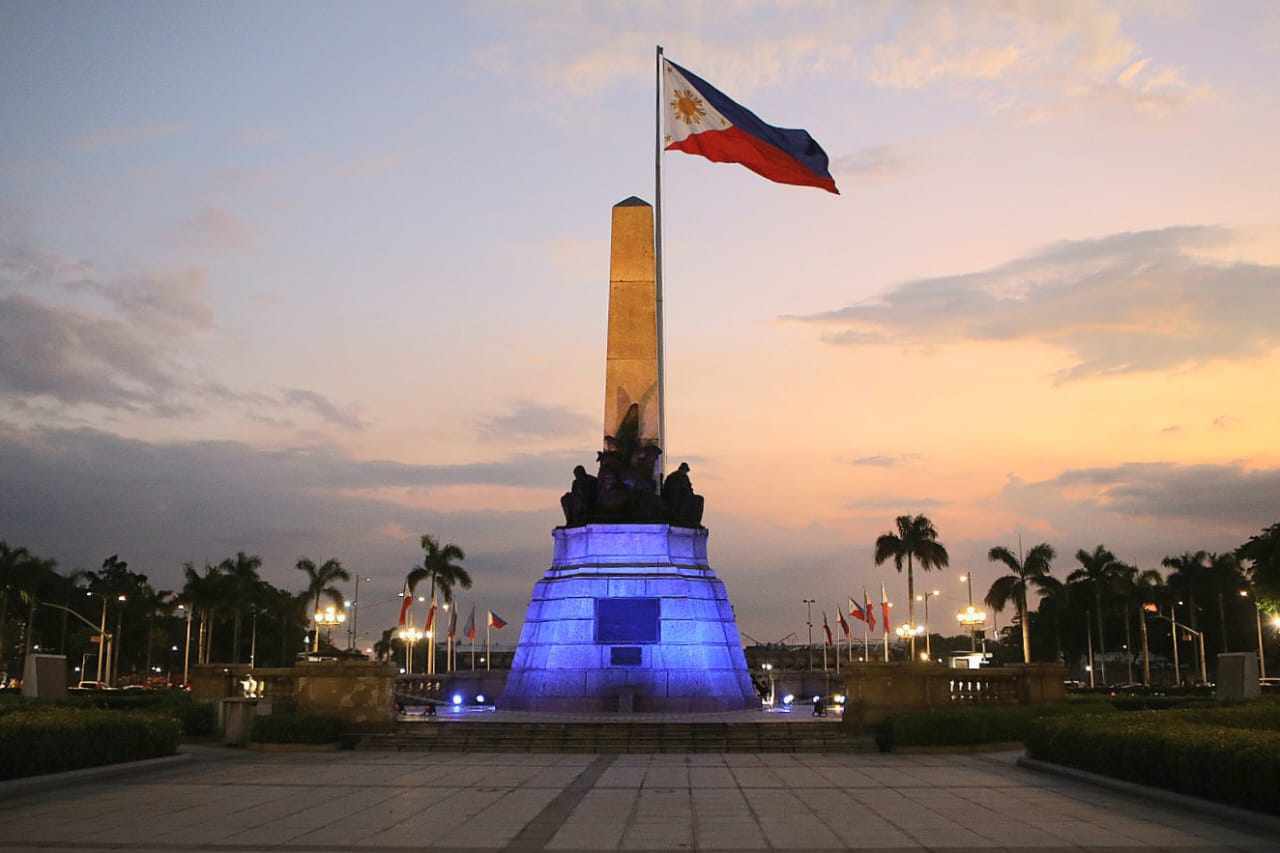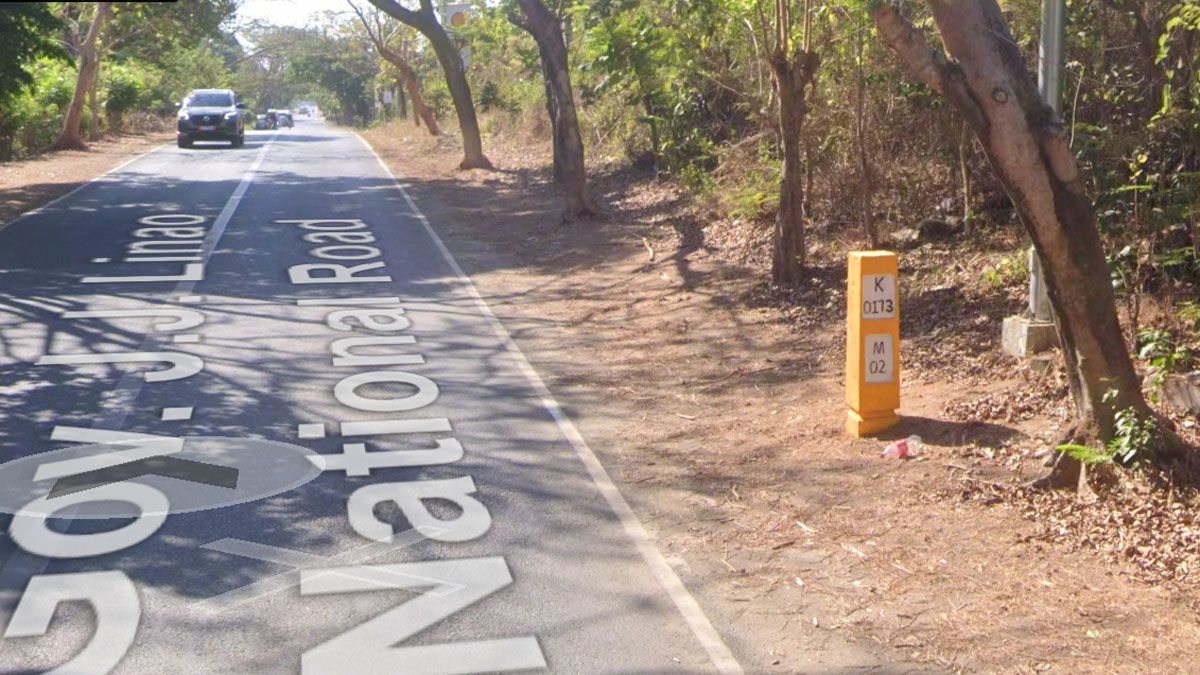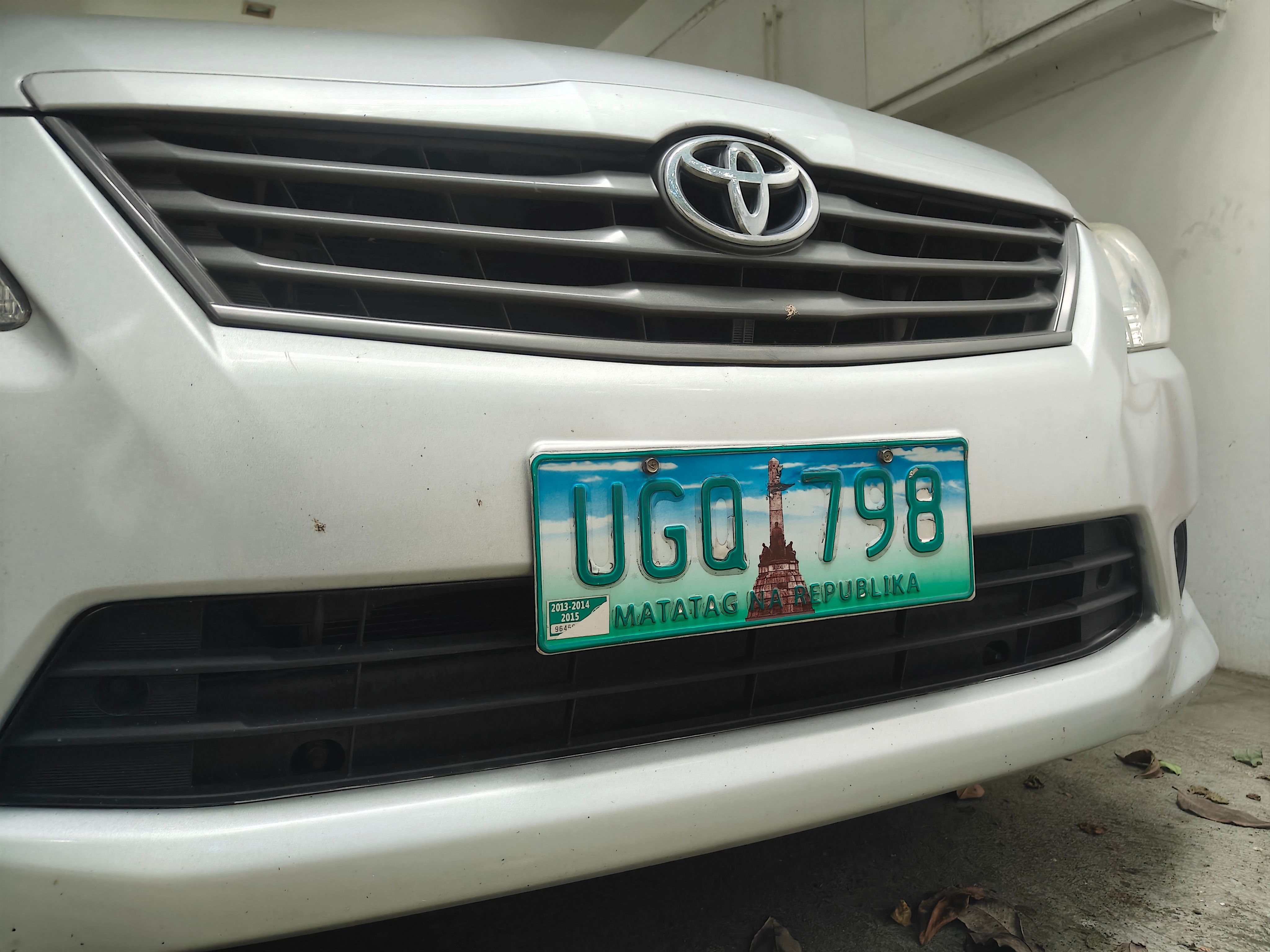
Though largely forgotten because of how ubiquitous GPS and navigation apps have now become, before these technologies, there was a much simpler way to know where you were: kilometer markers.
Kilometer markers are little obelisks placed on the sides of roads with letters and numbers written on them to help drivers navigate to their destination. In the Philippines, they are colored bright yellow and can still be seen on some national roads. They’re a critical part of the Pan-Philippine Highway system and if you enjoy posting your travels, they’re a great way to show just how far you are from civilization.
Kilometer markers trace their origin all the way back to the Roman Empire. Known for the maxim, “all roads lead to Rome,” the Romans put up markers along roads for travelers to know if they were on the right path and how far they were from Rome.
Reading the kilometer marker
Since then, many countries have adapted the kilometer marker to their own roads, recognizing its value as an early navigation tool.
These kilometer markers are used to measure the distance from one point to another, as well as indicate to the traveler how far they are from the next town: useful information particularly during horse and carriage times and for travelers looking for an inn.

The modern kilometer marker will first indicate the units its numbers are in (in our case, KM, for kilometer). The number directly below the topmost letter is the distance from KM-0, usually located in the country’s capital city.
The next set of letters are the initials of the next town. SJ, for instance, could stand for San Juan. A number under it, say 45, means 45 kilometers until San Juan. Look at the kilometer marker from the other side and you’ll see a different set of lower letters and numbers, as it’s assumed you’re heading in the opposite direction. The top set of numbers will always reference KM-0 while the lower set of numbers will always reference the nearest town.
These markers were designed this way so that travelers could easily determine where they are when reading a map. Early guidebooks in the early days of the automobile were also set to help one find certain locations by reading kilometer markers. In fact, even today, drivers can set their odometers to these numbers. While not as accurate as a GPS system, one will definitely arrive at the town within a one-kilometer margin of error as indicated by the sign.
The source

Go venture from the capital city of any country in the world and you’re likely to still see these little obelisks, though in varying shapes and colors, depending on the country. Yet where would they actually lead to if you were to follow them back to their source? Chances are, it’s the main administrative building of the country or a very significant landmark. In the US, KM-0 is the Capitol Building in Washington, D.C. In France, it’s the city square of Parvis Notre-Dame – Place Jean-Paul II of Paris facing the main entrance of Notre-Dame. In the Philippines, it’s a small marker directly across the Rizal Monument in Luneta Park.
Granted, this is quite some distance from our seat of power, Malacañang Palace. Nonetheless, it can be argued that it’s certainly more scenic, and more importantly, accessible to vehicles.
KM-0 wasn’t always at this location. In fact, for quite some time, KM-0 was actually right in front of the Manila Cathedral in Intramuros. After all, before the 20th century, when one said Manila, it was likely in reference to Intramuros. Not surprisingly, this site was chosen by our colonizers, the Spanish, who conquered the country under the banner of Catholicism.
It was relocated to its present site sometime in the 20th century. This change was conceived to reflect the new Philippine Republic’s efforts to distance itself from the influence of the church on governance.
Since the shift, KM-0 has been marked by a small concrete podium with a metal sphere atop. It has since been replaced by a small obelisk sometime in the 2010s, more closely resembling the typical kilometer markers.
On our license plates
One may ask, what’s its relationship to our license plates? Some may remember that back in 2003, a uniform license plate design was proposed. This was to make them more easily recognizable and readable as opposed to prior designs.
The license plates were completely redesigned, with the background being a blue sky with white clouds, and a picture of the Rizal Monument in the center. At the bottom were the words, "Matatag na Republika” (Strong Republic). It became the default plate design for new vehicles up until 2014.

The Rizal Monument, in particular, was chosen as the backdrop of the license plate because it sits parallel to the original KM-0 marker. It's just a few meters away. In fact, a straight line of cobblestones links it to KM-0. At the time, the original KM-0 marker did not resemble a kilometer marker at all. The Rizal Monument, however, because of the obelisk integrated into the monument, did. It’s also a far more recognizable landmark — something practically every Filipino is familiar with and where to find it. Finally, what more appropriate figure to have on each and every vehicle plate number than the National Hero himself?
It's a shame that the idea behind its selection was not as widely promoted as the plate itself. By putting the Rizal Monument on our license plates, every Filipino driver would instantly know where the figures on each kilometer marker are based on. Having this monument on our plates is a subtle way of saying we take Rizal’s teachings to heart, and bring his values, particularly his love of country, everywhere we go. And if we are ever lost, we have a constant reminder (right on our plate) of where to look to find our way again: the obelisks found on the side of every road.